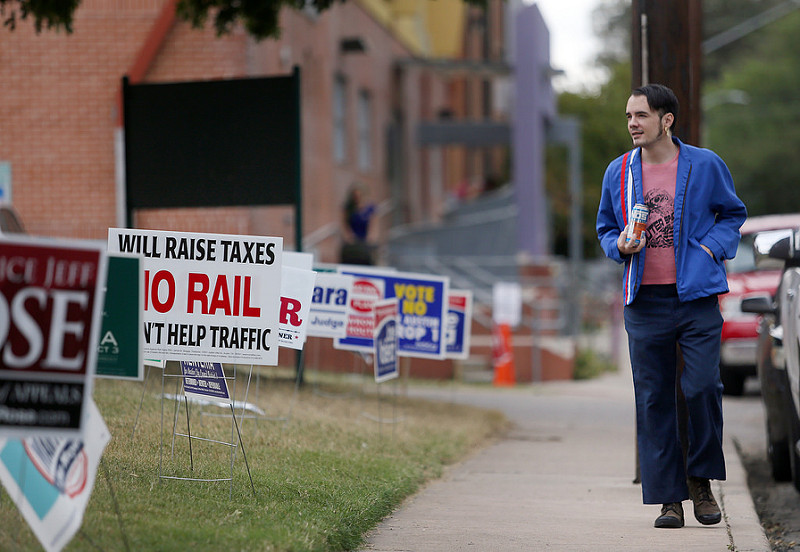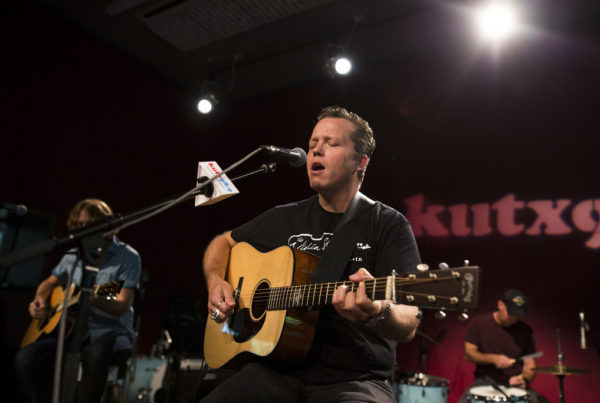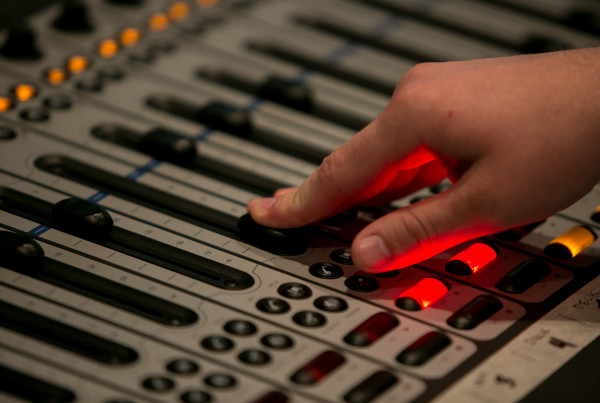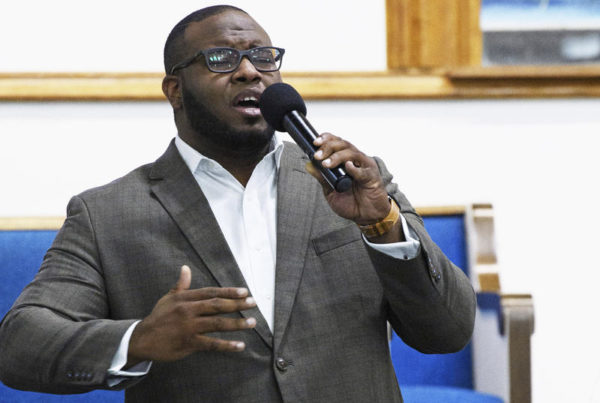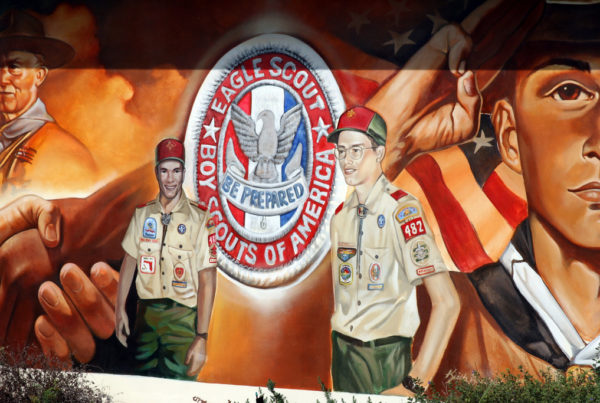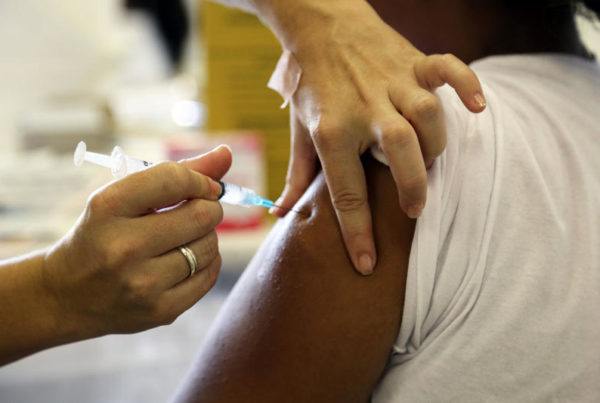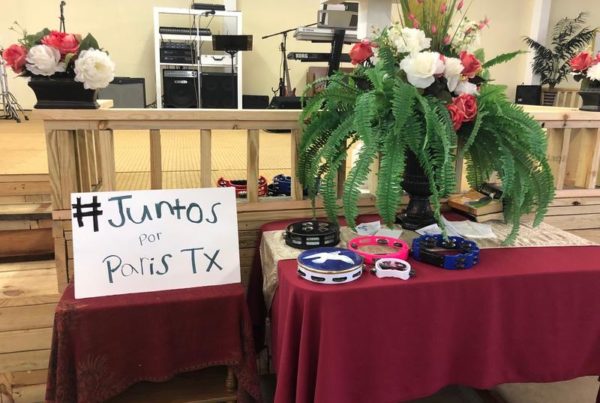The 2016 election left many voters wary of political polls, and analyzing their usefulness and accuracy has become a regular part political conversation in the two years since. Now, with midterm elections only eight weeks away, talk of polls and voter surveys is more heightened than usual.
Kathleen Searles, assistant professor of political communication at Louisiana State University, says while the 2016 election put polling into question, it’s still an important part of the political process, and a time-honored tradition going back to George Gallup in the 1930s.
“Early on, George Gallup decided that we really needed to have a scientific way of understanding how people were thinking about the world around them and thinking about politics,” Searles says.
Searles says the upset election of Donald Trump in 2016 confused voters who found that polls did not match the results. But this also happened in the 1948 election between Thomas Dewey and Harry Truman. Back then, she says pollsters used telephone assessment, but many Truman voters didn’t have telephones.
“They missed a large part of that population,” Searles says.
She says in 2016, pollsters were trying to learn from that mistake by using more mobile technology to reach out to people, instead of just relying on landlines, in an attempt to keep up with the times. But that also backfired.
“What they found was that they missed a lot of Trump voters, and just a few misses in a couple of key states meant that they were really off in terms of their overall projections,” Searles says.
Searles says journalists and pollsters are debating that how useful polls are for informing the general public. That’s because there’s not a consensus among researchers that polls accurately reflect the way people vote and how they think. She also says the media’s use of polls varies, which can further confuse voters.
“There’s good types of coverage of polls, an there’s bad types of coverage of polls,” Searles says.
She says ideally, voters should ignore single polls and, instead, look at aggregate polling – essentially polls of polls. They should also ignore polls about close races, which she says can include bias and errors on the part of the pollsters.
“The best and easiest way to go about it is to check out places like RealClearPolitics, which aggregate multiple polls,” Searles says. “What we have there is a more reliable estimate and that, therefore, reduces the noise.”
Written by Brooke Sjoberg.


